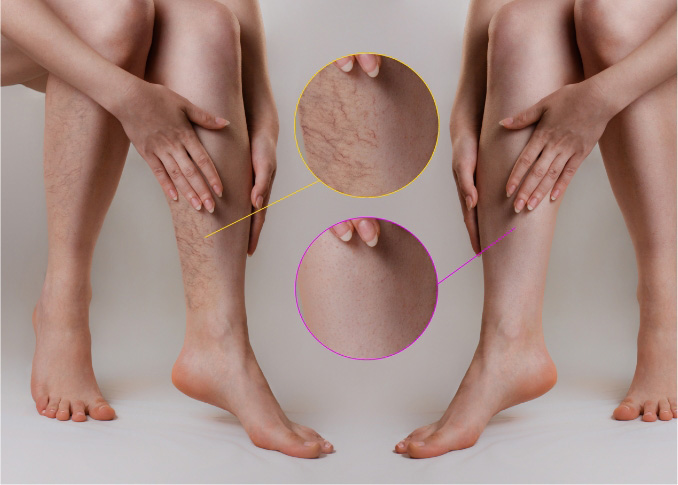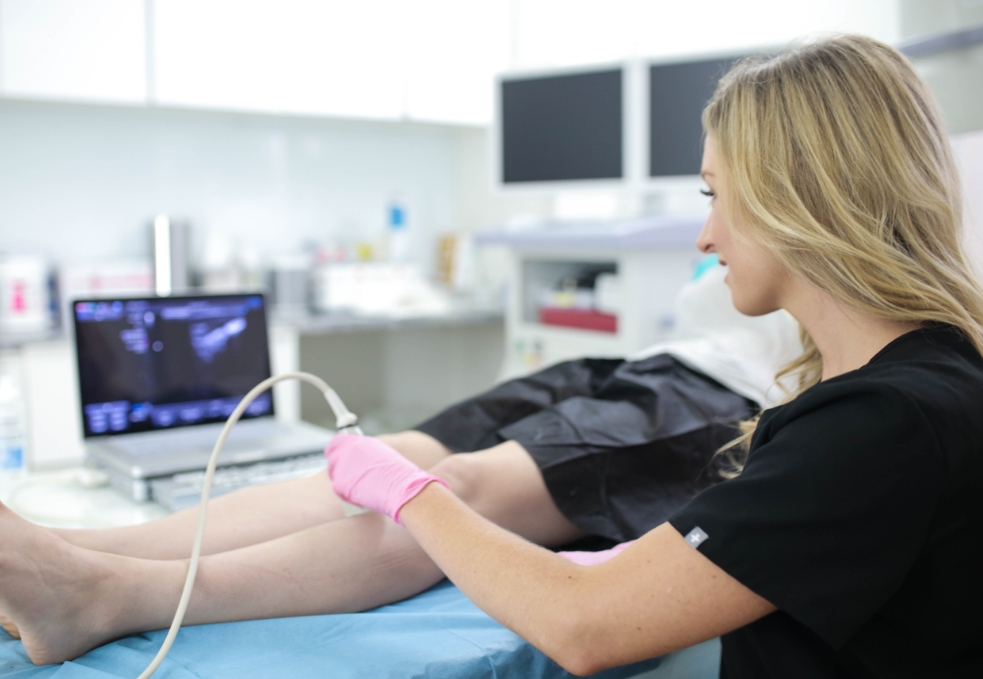Which are the treatments available for Varicorse Veins?
You want your legs to feel and look excellent at all times. However, if you have spider or varicose veins, you should consider seeing a doctor. According to credible studies, approximately 25 million people in the United States have vein disease, with 33% of women and 17% of men affected. Many will experience strange skin appearances that need to be rectified but will not experience any pain, itching, or throbbing. After reading this, are you wondering, Do Spider Veins Come Back After Laser Treatment? It would help if you continued reading the article. In this article, you will be familiarised with this valuable question. So, dive into this together.
What kind of doctor treats veins?
Several medical experts, such as phlebologists, vascular surgeons, dermatologists, and dermatologic surgeons, have the expertise to address varicose veins. When choosing a healthcare provider, it's essential to consider a few key factors. Consider treating varicose veins for aesthetic reasons or to alleviate any discomfort or pain they are causing.
Which are the treatments available for varicorse veins?
Sclerotherapy
The primary goal of sclerotherapy is to eradicate varicose veins by injecting a sclerosant solution. The sclerosant collapses and scars the veins, causing blood to flow into other veins. As time passes, your body gradually destroys and vanishes the veins. Tetradecyl sulfate is the typical treatment for this condition. To improve the appearance of your legs, this process helps cure spider veins, which are tiny varicose veins near the skin's surface.
Before a sclerosant is inserted into a vein and turned into foam during a sclerotherapy procedure, it is employed for prominent veins because foam can cover more significant surface regions than liquid.

Ablation with endovenous laser.
Laser ablation treatment is similar to radiofrequency therapy, except for using laser light to treat varicose veins. The vessels collapse due to the heat generated when the laser fiber is introduced into the catheter and moved to the desired spot. Deeper varicose veins in the legs are treated with radiofrequency and laser therapy.
Phlebectomy.
To treat severe cases of varicose veins, a minimally invasive procedure called a phlebectomy is performed. During this procedure, the physician creates a tiny cut close to the vein and uses a specialized hook to remove the veins.
You are awake throughout this outpatient treatment because local anesthesia is administered. The entire process usually takes one hour, and some might need to repeat it for optimal results.

Ablation of radiofrequency
During this treatment, radio waves are sent through the vein wall. After numbing the veins and scanning the interior of your legs with ultrasonography, your doctor will insert a thin wire catheter into the veins to apply radiofrequency radiation to the wall.
What are the risks involved in the Varicorse treatment?
- Clots of blood
- The emergence of infections at the wound site
- Damage to nerves at the treatment location
- Pronounced damage
- Irreversible vein damage
- Severe bleeding
In Conclusion
It is necessary to take care of the varicose vein if you want to prevent yourself from the comeback of this. There is no assurance that the Spider Veins will not come after the therapy, but if proper prescriptions are not followed, the varicose vein can be gotten within a short period.
Comments
Post a Comment